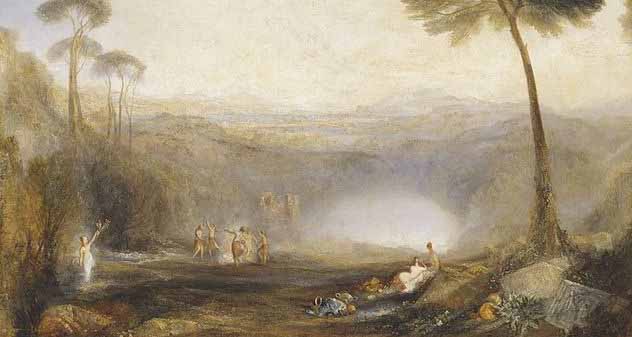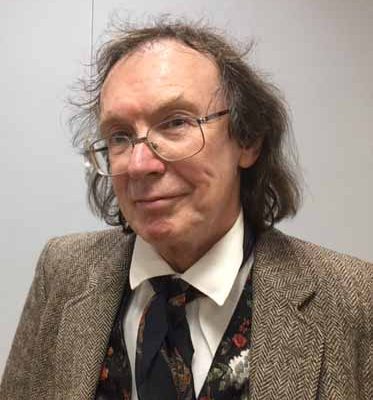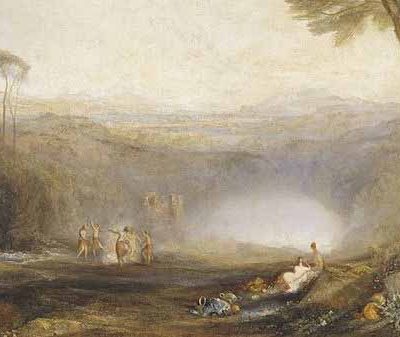

Professor Hutton began his talk by telling us that he gave the very first Leslie Grinsell Lecture for BAAS. Leslie Grinsell was a member of the Folklore Society and gifted a series of the issue of their publication ‘Folklore’ to the University of Bristol library.
Folklore was regarded as a rural business; an expression of the countryside at a time when England resisted change. Grinsell set himself a challenge to find out why so many English scholars felt the countryside was a timeless place, but had pagan traditions embedded within it. Dr. Gillian Bennett wanted to know why there was an obsession with paganism in the countryside. She understood that geology provided stratigraphy and fossils gave evolution and that folk customs represented cultural fossils and a study of folk customs could provide human history. Sir Edward Tylor took up pagan studies in the 1880s and there was a newly founded Folklore Society.
Folklore it seemed fell through the gap of archaeology and anthropology and it was asked, why was the notion kept going? Prof. Mary Beard used the comparative method and the living record to understand it. In James Frazer’s publication of The Golden Bough, Christianity was discredited. Tylor and Frazer were Scottish Presbyterians and they wrote about the ‘prim and unworldly’ which included prostitution. Their ideas were not necessarily shareed by all readers.
By the end of the 18th Century there was an idealisation of rural England. In 1810, 80% of people lived in the country, but by 1910, the balance had tipped. The new urban lifestyle was condemned as unhealthy and the countryside was regarded as having a superior wisdom, i.e. nature. Americans were assured of it and the author Washington Irving believed it. Thomas Hardy and Kenneth Grahame were cited as examples of understanding the countryside. ‘Merry England’ was pre-industrial England with Mummers, maypoles, Morris dancers and poets (Coleridge and Tennyson) who stabilized the ideas.
Why should these ideas attach themselves to paganism? Christianity was fragmented; can we regard this as timeless rural bliss? Is there a pre-Christian site below each parish church? There are 900 parish churches in England and 23 had pre-Christian activity (Leslie Grinsell checked it). But folklorists were not interested as they wanted no Greek myths. The Golden Bough described painted bodies, sex-inspired deities, barbarous magic rites and one single female deity. James Frazer was a classicist.
The Golden Bough was published (1890) at a time when there was a European social elite, the Industrial Revolution and a proletariat. Imperial expansion created small white colonial elites socially above an indigenous population. Darwin’s Theory of Evolution was feared (see Conrad’s Heart of Darkness; Dracula or Jekyll and Hyde). Dark forces were frightening the bourgeoisie. The power of the countryside persisted and paganism was associated with nakedness and dancing. Early modern witches were regarded as pagans and modern seasonal rural customs were fitted into a scheme, i.e. Mummers’ plays must be regarded as Neolithic as the countryside was timeless. The Folklore Society deplored football which was associated with the cosmic powers of light and dark. The Padstow Hobby Horse (‘Obby ‘Oss) festival includes a man dressed as a clown, but there is no set costume for the part, but the Folklorists denounced him for ruining the custom. Lord Raglan had his own notions of the hobby horse traditions which were wrongly based on ancient pagan rights. Father Christmas was thought of as an original pagan god. By the 1930s more modern Folklorists wanted to find ancient origins. Prof. Hook suggested that pancake tossing was a magical rite; football stresses light and dark; Mother’s Day was associated with the Great Earth Mother. Archaeologists Flinders Petrie, Stuart Piggott and Jacquetta Hawkes all used folklore to interpret their archaeology findings. Traditional dramas were regarded as the survival of ancient folklore. The public had novels and radio programmes and this perpetuated the folklore tradition.
A case for de-Christianisation was as a result of the Victorian obsession with earth/sky/corn/greenwood/mother/father. Modern archaeology has de-mystified much of this folklore using scientific techniques.
As a final tribute to Lesley Grinsell: his ‘Folklore of Prehistoric Sites in Britain’ was written in the spirit of Victorian England. Grinsell collected the living fossils and did it really well, but he realised in the end that he was wrong as there was no continuity where monuments were concerned, as the dates did not reflect this.
This was a fascinating and thought-provoking talk for our annual Grinsell Lecture and linked to our founder. A big thank you to Professor Hutton for giving this talk in honour of Leslie Grinsell.

Turner’s painting of the Golden Bough incident
in the Aeneid (image Wikipedia).
